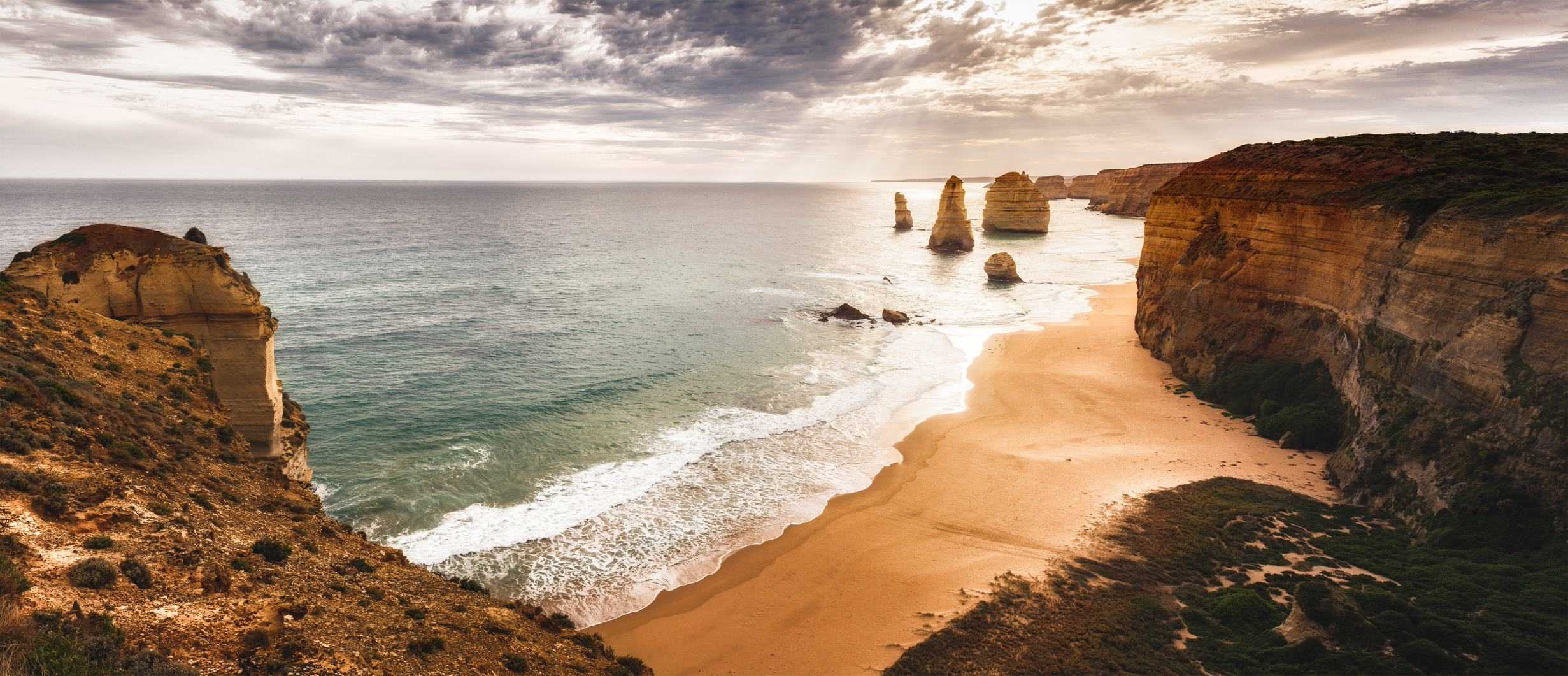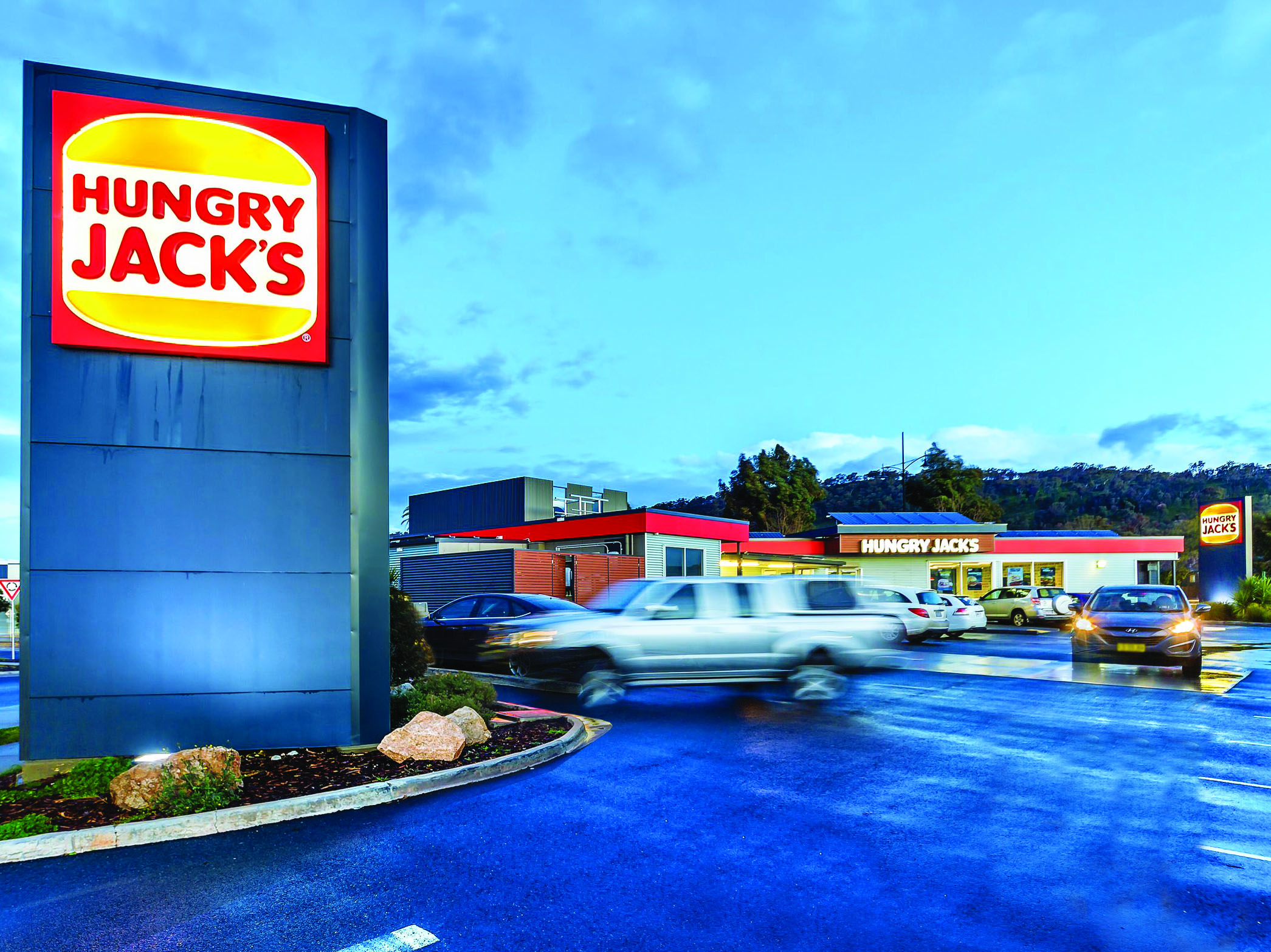Part IV: The Great Burgess Rawson Road Trip

In this edition of The Great Burgess Rawson Road Trip, we take in the beauty and diversity of regional Victoria, starting at the Victorian and NSW border in the Murray region before moving onto the charm of Gippsland.
This Trip offers the very best of country life, from outdoor adventures and natural wonder to world renowned gastronomical delights.
For generations, these regional cities have proven popular with tourists wanting to explore, eat and drink, or rest and relax. We will highlight the appeal of Albury Wodonga’s Murray River lifestyle, Shepparton’s rich agricultural heritage and the lush landscape of Gippsland.
While tourists continue to flock to these areas, more and more people are choosing to make regional Victoria home. Attracted to the lower cost of living, growing opportunities in education and work, and the benefits of a country lifestyle, regional Victoria is positioned for solid ongoing growth and investment.

Albury NSW/Wodonga VIC
Population: 170,000
Annual visitors: 830,000
Annual tourism investment: $136.8 million
Albury Wodonga is the gateway to Victoria and New South Wales, located on the state’s border and divided by the stunning Murray River.
The region is hugely popular with both residents and visitors alike, due to the benefit of a country lifestyle with big city infrastructure.
Strategically located on the main freeway and railway corridor linking Australia’s capital cities, Albury Wodonga provides a great place to live, work and invest.
The region in considered one of Australia’s largest and most progressive regional centres. Several key factors have brought an influx of ‘tree-changers’ to Albury Wodonga with a combination of high employment opportunities and low cost of living… not to mention the great weather!
Albury Wodonga is major transport hub with several key industrial business, including Coles and Woolworths, employing thousands. The region has attracted large government services with the Australian Taxation Office and Department of Defence calling Albury Wodonga home.
The area has been a long-standing tourist destination, boasting a combination of natural beauty, cultural heritage and gastronomic delights.
Much of the region’s tourism revolves around Australia’s longest river – the Murray River. Whether visitors enjoy being on the water or experiencing the hub of activity along the riverbanks, the Murray is a major drawcard.
If you are looking for alternative accommodation while in Albury Wodonga, why not try a houseboat! Enormously popular, houseboats offer the best accommodation (with some including hammocks and outdoor spas) with the best of river life.
Outdoor activities are also plentiful from walking trails and bike paths to water sports. Golf fans can rejoice – there are more than 40 golf courses in the region!

Shepparton VIC
Population: 66,498
Annual visitors: 1.2 million (2015)
Annual tourism investment: $190 million (2015)
Shepparton is located in north-central Victoria, about 190 kilometres north of the Melbourne CBA, at the junction of the Goulburn and Broken Rivers.
Located within Australia’s ‘food bowl’ (which produces around one third of the national food supply), it is no surprise that Shepparton is known for some of the best food and wine in VIC.
If you are looking for a true ‘farm to plate’ experience, Shepparton offers cellar doors, breweries, orchards and dairies through to pubs, restaurants and cafes.
Shepparton is also home to the award-winning Shepparton Art Museum (also known affectionately as SAM). With a focus on contemporary and indigenous Australian art, the museum runs an extensive exhibition program.
Kids are also well entertained at Australia’s largest adventure playground KidsTown. Be sure to check out the playground’s calendar of events filled with live theatre, festivals and sporting events.
If you are looking to enjoy the great outdoors, Shepparton certainly delivers with cycle paths, nature trails, canoeing, waterways and the Shepparton Gold Club offering ample opportunity to explore.
Stable growth has been supported largely by agricultural industries such as fruits, cattle, sheep and grain production. Approximately 6,165 businesses are located in Greater Shepparton with a workforce of an estimated 27,700 people.
Situated at the junction of the Goulburn Valley and Midland Highways, and on both the V/Line and freight rail network, the city is seen as an important transport hub in national supply chains.
The Goulburn Valley Link freight and logistics centre (GV Link) will be located less than 5 kilometres from Shepparton.
Greater Shepparton is also identifies as a station on the High-Speed Rail route on the east coast of Australia between Brisbane, Sydney and Melbourne.
Gippsland VIC
Population: 250,000
Annual visitors: 6.3 million (2019)
Annual tourism investment: $1 billion (2019)
Located in the south-east of Victoria and just one hour’s drive from Melbourne, the stunning Gippsland region comprises some of the most picturesque towns in Victoria.
Lush hinterland, magical beaches, waterfront villages, rainforests, rolling hills and alpine charm – Gippsland has it all.
The allure of Gippsland also attracts visitors from all over Australia and the globe. Some of Australia’s most popular tourist destinations are located within the region including Phillip Island, Wilsons Promontory National Park and the Gippsland Lakes.
Fishing, water sports, biking, hiking and camping are all huge drawcards for the area.
The Phillip Island penguin parade is a long-standing favourite, with tourists waiting until sunset to see the little penguins return from a day of fishing.
Gippsland’s guaranteed rainfall and rich pastures have supported a booming agricultural industry. Farms in the region account for at least one quarter of Victoria’s milk, vegetable and beef production with a number of Gippsland’s business exporting food across the world.
The Devondale Murray Goulburn Dairy in Leongatha is the largest co-operative in the southern hemisphere. While reading this magazine, you may very well be drinking a cup of tea with milk produced in Gippsland!
The potential for growth in Gippsland is immense, taking advantage of local, well-established food processing facilities, a skilled workforce and transport links. These opportunities are not restricted to domestic markets but include partnerships with foreign investors as well.
Gippsland is also home to paper mills, power stations and an education hub with extensive services for early learning, primary, secondary and tertiary schooling. The benefits are two-fold – not only do these industries provide solid employment opportunities, they also ensure the community is well skilled and resourced for future growth.
“The potential for growth in Gippsland is immense, taking advantage of local, well-established food processing facilities, a skilled workforce and transport links. These opportunities are not restricted to domestic markets but include partnerships with foreign investors as well.” – Raoul Holderhead.